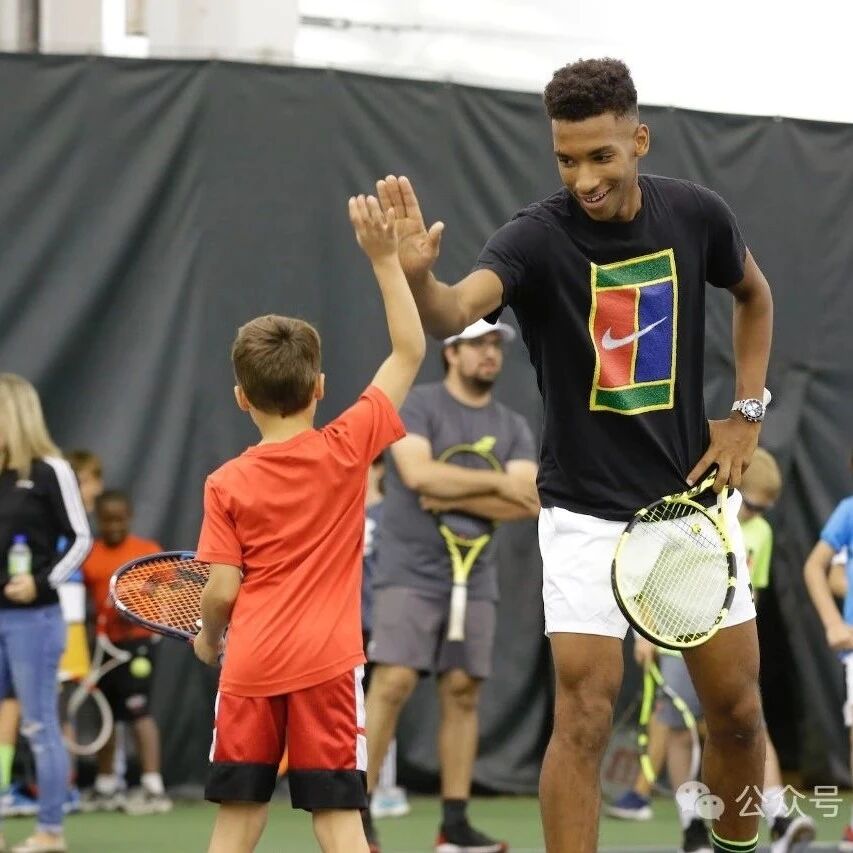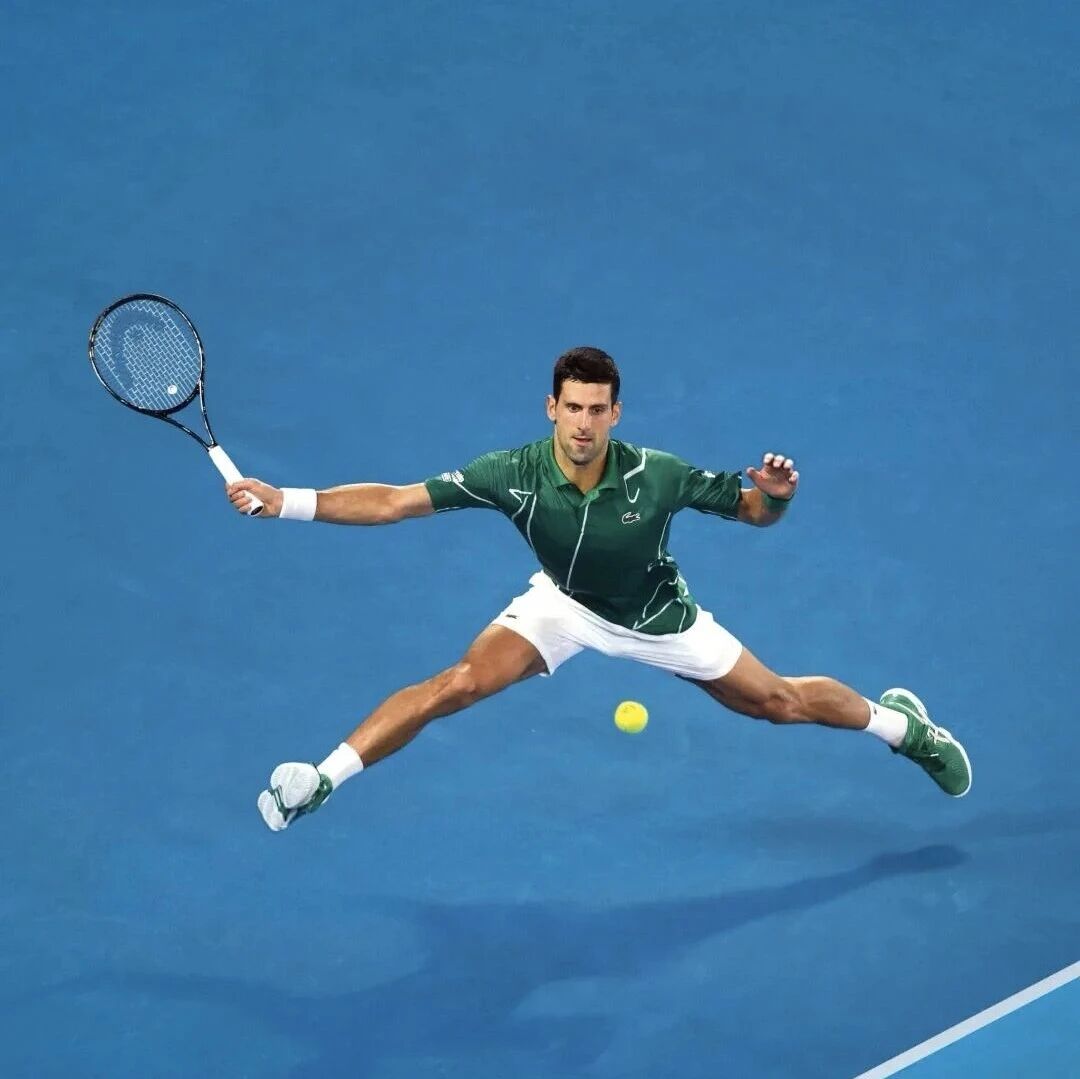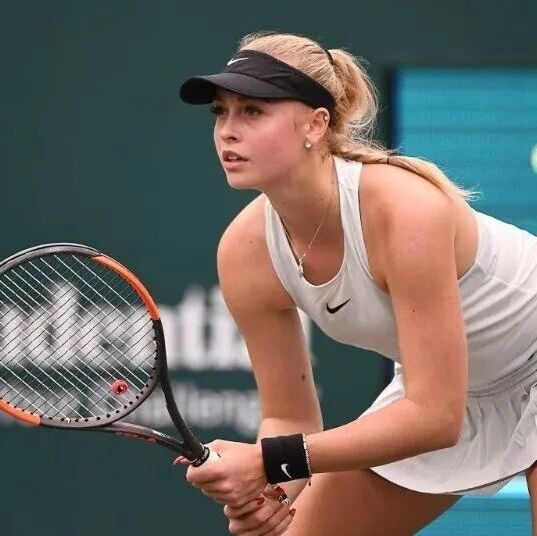Comprehensive Tennis Fitness Training (1): The Concept
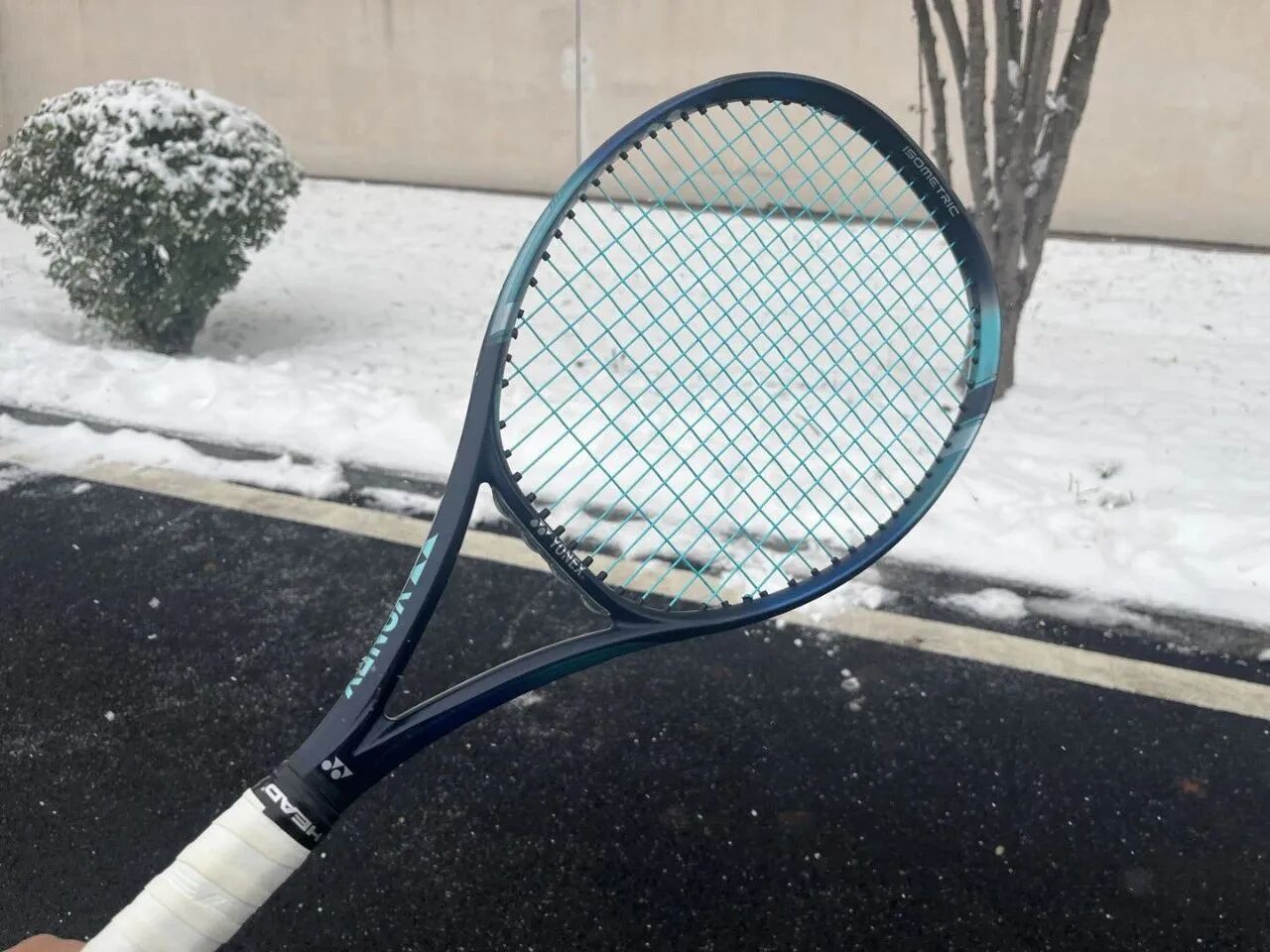

"All articles in the 'Translation Wood Becomes Forest' column are sourced from foreign-language translations and are not declared original works. If you believe any content infringes on your rights, please contact us for removal."
This article is adapted from "Complete Conditioning of Tennis: Comprehensive Fitness Training for Tennis." Due to formatting challenges in the book, creating a seamless Chinese-English has proven particularly difficult. Readers who are up to the task are welcome to contact me privately for access to the original English text.
Say a few more words.
Reading is a cost-effective decision—exchanging just a few hours of your own time for the lifelong dedication and wisdom of authors who’ve poured their hearts into their books. It’s essentially leveraging knowledge itself. The more you immerse yourself and read slowly, the more pronounced the amplifying effect of this intellectual leverage becomes.
Once upon a time, wasn’t the author just someone who casually “browsed”—always chasing after valuable insights, always hunting for secret formulas? My mindset was deeply driven by practicality: I believed that reading would instantly solve my problems. It felt as though if I couldn’t quickly find something I deemed useful within a minute, then whatever I’d just read must be nothing but "nonsense," mere rambling—and inevitably, I’d dismiss it altogether.
A book’s core insights are limited to just a few key points—are the rest of its contents merely a mindless jumble of words? After all, a compilation consisting purely of wouldn’t qualify as a book; it’d be labeled a notebook or an abstract. Yet on our journey of learning, we’ve grown accustomed to this habit—repeatedly seeking out those highlighted "takeaways." But if we bypass complexity altogether and dive straight into simplistic summaries, our perspective on things risks becoming one-sided and inflexible. So why not start right now? Let’s take a moment to calm down, listen carefully, and truly understand what the author is trying to convey.
The selected chapter in this article comes from the introductory section. After translating it, I realized the author here outlines the process through which the specialized training philosophy for tennis fitness was developed. After all, to achieve success, a clear vision must come first. This part encapsulates the author’s insights and attitude toward tennis—ranging from how legendary athletes across different eras benefited from physical conditioning, to the impact of racket manufacturing technology on playing techniques, and finally to the fundamental physical requirements needed for peak performance. It’s definitely worth reading!
Preface
Today's tennis players are bigger, faster, and physically stronger than ever before. Thanks to advanced manufacturing techniques in modern tennis rackets, players can now hit the ball at speeds previously unimaginable—on the professional men’s tour, top-ranked players even serve at speeds exceeding 225 km/h. As a result, the physical demands placed on today’s tennis athletes have reached unprecedented levels, depending on the specific requirements of each match.
In the 1950s and 1960s, my twin brother Tim and I played tennis in Onalaska, Wisconsin—back then, tennis training was far simpler compared to today. Whenever the weather was right for playing tennis, we’d head out for a good session, just like we’d sometimes kick around a soccer ball, shoot hoops, or even swing a baseball bat. There wasn’t any structured or meticulously planned tennis training regimen at the time. Instead, our workouts consisted of basic exercises such as endurance runs, sprint intervals, sit-ups, and push-ups—standard fitness routines that were typical for tennis players back then.
In the 1980s, tennis-specific fitness training methods underwent a dramatic transformation compared to earlier approaches. Both Ivan Lendl and Martina Navratilova benefited immensely from these specialized training programs throughout their illustrious careers. By immersing themselves in sports science—gaining deeper insights into sports psychology, biomechanics, and nutrition—they were able to significantly enhance their performance in areas like endurance, strength, and flexibility. What these two athletes had in common was not only their remarkably long and highly successful tennis careers, filled with numerous Grand Slam titles, but also their unwavering dedication to becoming the very best—and their relentless commitment to pushing the boundaries of tennis fitness training.
Translator's Note:
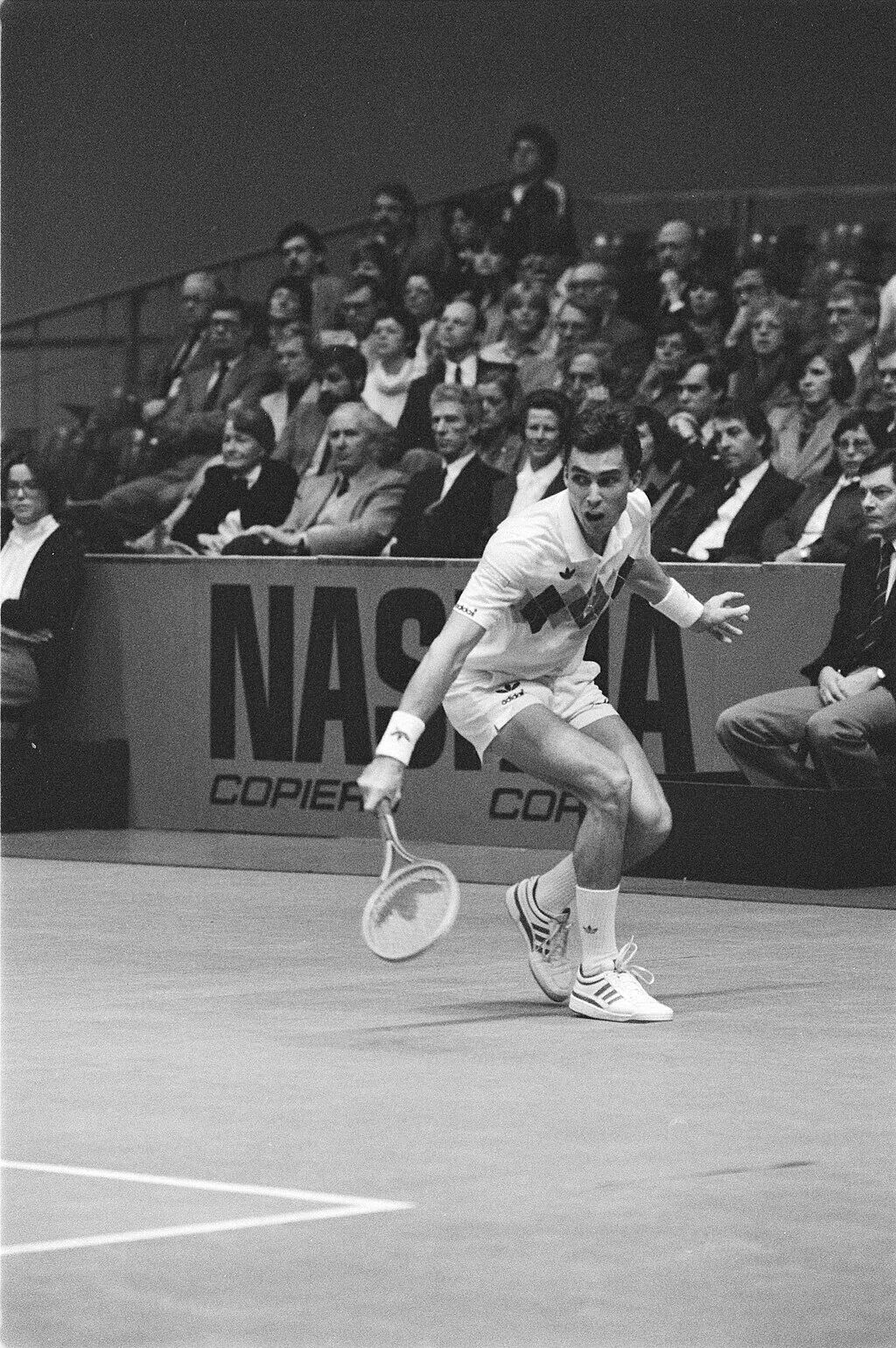
Ivan Lendl
Ivan Lendl
Ivan Lendl, born in Ostrava, Czechoslovakia, nicknamed the "Cold-Hearted Killer," the "Czech Iron Man," and the "Tennis Machine," is a retired Czech-American male tennis player and one of tennis history's near-GOATs. He reached the No. 1 spot in the men's singles rankings and claimed eight Grand Slam men's singles titles. A member of the International Tennis Hall of Fame, Lendl ushered in his own legendary "Lendl Dynasty" during the latter half of the 1980s, dominating the world rankings for an impressive 270 weeks—more than any other player in history at that time.
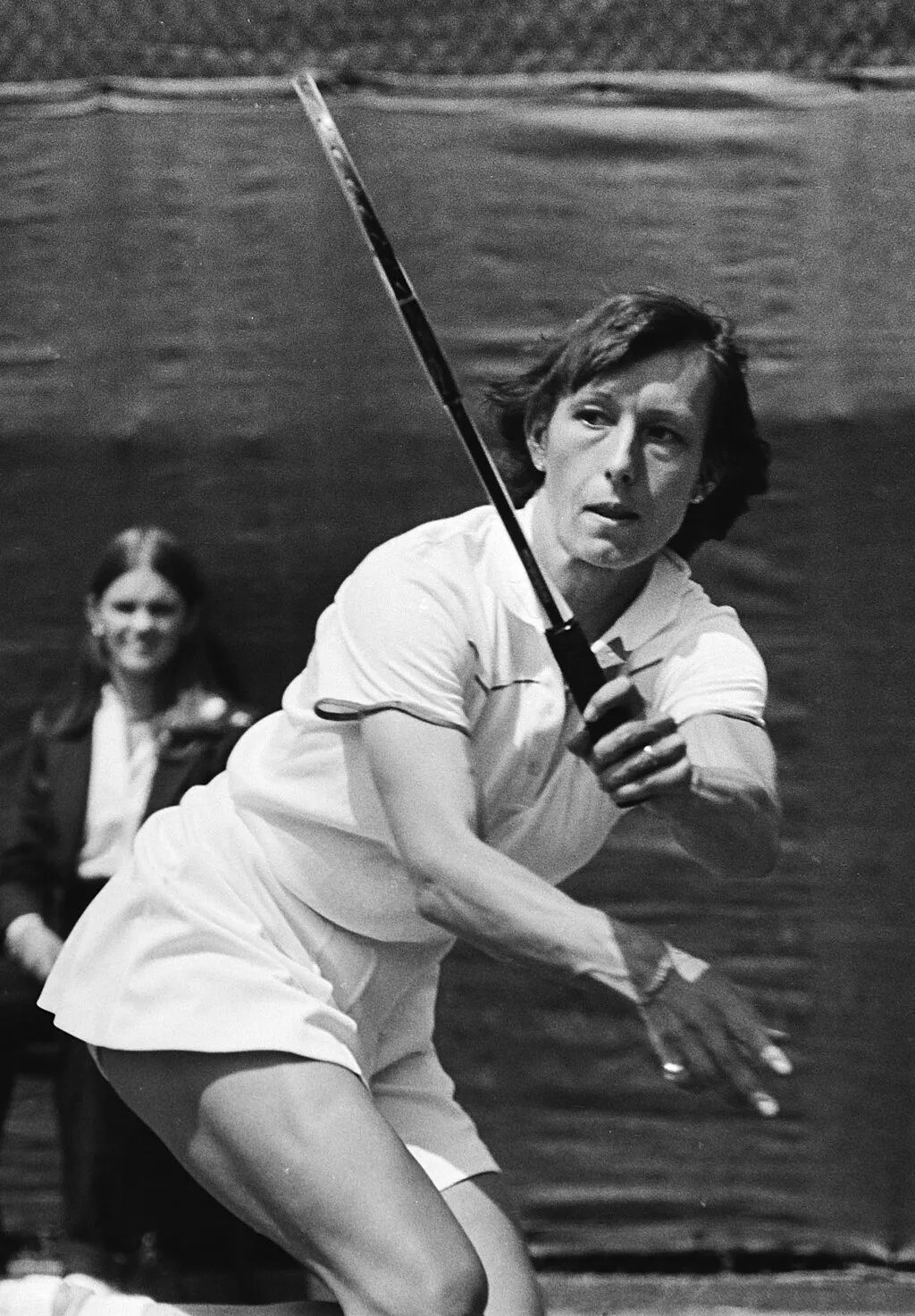
Martina Navratilova
Martina Navratilova
Martina Navratilova, a former professional tennis player and coach with dual Czech and U.S. citizenship, is one of the greatest female athletes in tennis history. She reached the No. 1 ranking in singles, claimed 18 Grand Slam singles titles—including a record-breaking nine Wimbledon women’s singles championships—and is a member of the International Tennis Hall of Fame.
The more challenging a tennis match becomes, the more evident the importance of physical conditioning. As a former captain of the U.S. Davis Cup team, I’ve seen countless players rely on their exceptional athleticism to deliver top-notch performances—even under the intimidating pressure of hostile away-court crowds. Given that each Davis Cup match is played in a best-of-five format, combined with the tournament’s grueling schedule and tightly packed calendar, physical fitness emerges as the critical factor determining victory or defeat. Moreover, when I served as coach of the U.S. men’s Olympic tennis team in 1996, I witnessed firsthand how our athletes had to maintain unwavering focus amid chaotic, high-stakes situations—challenges that, unsurprisingly, took a tremendous toll on their stamina and endurance.
Translator's Note:
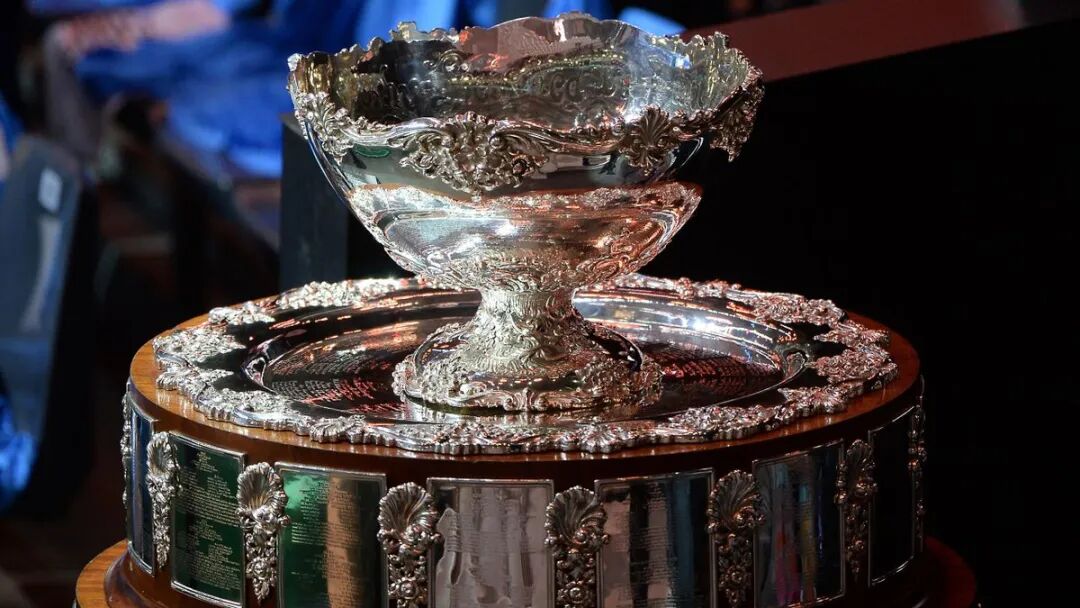
Davis Cup
Davis Cup
The Davis Cup is the most prestigious international team competition in men's tennis, where players form teams based on their nationalities. When two nations compete against each other, the home and away teams have clearly defined advantages—and the host team enjoys a significant home-court edge, which includes, but isn’t limited to, the ability to choose the match venue and court surface. The tournament’s complex structure, lengthy schedule, and grueling conditions have even led many players, including ATP Player Council President Novak Djokovic, to express resistance toward participating. By specifically highlighting the Davis Cup as an example, the author aims to underscore the critical role that physical fitness plays in tennis matches.
The training programs, daily routines, and practice methods outlined in this book help players develop an effective, tailored tennis-specific training plan. Players can use these strategies to enhance both their physical fitness and competitive performance. Designed with a broad audience in mind, the book is ideal for players of all ages and skill levels—and also serves as a valuable resource for coaches and tennis teaching professionals.
Preface
As a high lob sailed over her teammate’s head, the female player shouted “Switch!” and swiftly sprinted backward to deliver the shot. Was this thrilling moment captured at the U.S. Open? No—this scene came straight from the USTA Over-65 Championships. These seasoned players have long since realized that tennis may just be the perfect sport: playing tennis not only helps them live longer but also significantly enhances their quality of life well into their golden years.
Dr. Robert Leach, a member of the USTA Sports Science Section and a passionate tennis enthusiast, explains that many people’s declining physical fitness isn’t due to aging itself—but rather to a lack of regular exercise. Leach has observed that individuals who start playing tennis early in life and develop a consistent playing habit tend to maintain excellent health well into their later years. Even after taking extended breaks from the court, tennis players often find that returning to the game still brings significant benefits to their bodies. In short, tennis is an outstanding sport: it not only allows players to enjoy high-quality workouts by incorporating recovery periods but also ensures that participants of all ages and skill levels can fully embrace the joy of competition.
On one hand, we know that playing tennis improves physical fitness; on the other hand, we’ve also discovered that strong physical capabilities can actually enhance a player’s tennis skills—creating a mutually reinforcing relationship between the two. While regular play or participation in tennis training programs certainly contributes to a player’s progress, research clearly shows that well-designed, sport-specific fitness training is the single most critical factor in elevating competitive performance. Introducing specialized tennis fitness training was precisely the author’s original intention behind writing this book. This book will guide readers of all skill levels in crafting personalized training plans, drawing on scientifically sound insights, collaborative experiences with elite athletes, and expertise from renowned tennis coaches and fitness specialists.
Characteristics of modern competitions
Bill Tilden, in his 1925 book *Match Play and the Spin of the Ball: Competition and Ball Spin*, noted, "There are two fundamental principles in tennis regarding a player's body orientation:"One of them, players should face the net and keep their bodies parallel to it each time they wait to hit the ball;The second one"No matter the technical action—whether it’s a serve, volley, lob, or any other stroke—the body must form a specific angle relative to the net."
Translator's Note:
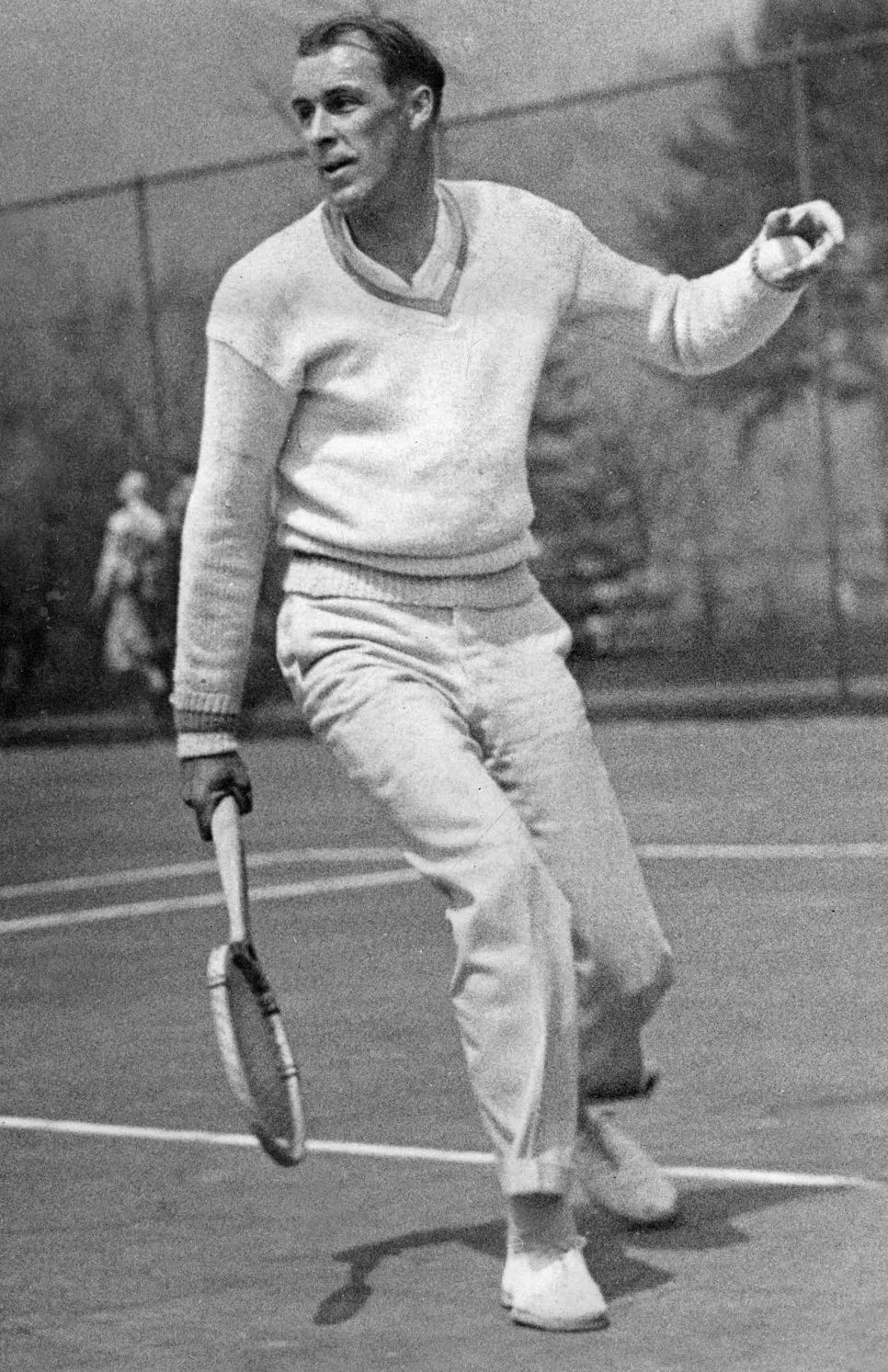
Bill Tilden
Bill Tilden
Bill Tilden, the American tennis player, is widely regarded as one of the greatest tennis champions of all time. Tilden held the world No. 1 ranking from 1920 to 1925 and went on to win a total of ten Grand Slam titles throughout his career.
If Bill Tilden were still alive today, he’d surely be amazed by the advanced hitting techniques modern tennis players employ. Under the unique historical circumstances of his era, Bill could never have anticipated the emergence of the open stance forehand or the two-handed backhand—let alone imagined just how fast tennis has become in today’s game. Moreover, his two core principles from back then no longer apply to modern tennis matches. For instance, if players were forced to turn with every shot and position themselves at a specific angle relative to the net, not only would their physical exertion increase exponentially, but their ability to generate powerful, effective shots would also diminish significantly.
At the root of this change lies the evolution in racket manufacturing technology. Structurally, modern rackets are longer than their wooden counterparts, with larger heads, wider frames, and significantly expanded sweet spots. In terms of materials, today’s rackets are far more rigid and durable. Interestingly, many materials originally developed for aerospace applications—such as boron steel, Kevlar, titanium alloys, and carbon fiber—are now seamlessly integrated into the construction of contemporary tennis rackets. In summary, modern tennis rackets not only boost the speed of the game but have also fundamentally transformed players’ hitting techniques. To keep pace with these advancements, minimize injury risks, and optimize performance, players must now undergo tailored physical training programs designed to meet the demands of today’s fast-paced tennis matches.
Training techniques
According to statistical data, even on clay courts, players typically spend no more than 10 seconds competing for each point—often involving four to five sharp directional changes. Under the rules of the game, there’s a 25-second break between points, which extends to 90 seconds when players switch sides of the court. From this perspective, tennis can be classified as an anaerobic sport, placing high demands on players’ agility and speed. On the other hand, given that a typical tennis match can last nearly three hours, aerobic fitness and muscular endurance become equally critical factors influencing performance. A strong aerobic base allows players to recover effectively between points, ensuring they maintain peak energy levels. Moreover, building robust muscular endurance not only boosts overall strength but also helps preserve muscle balance, preventing overuse injuries caused by uneven force distribution during play. Finally, explosive power and flexibility are essential when executing dynamic movements like stretching fully to reach a shot or leaping for overhead smashes. Clearly, the journey to becoming a top-notch tennis player requires carefully designed, specialized physical training tailored to the sport. This book provides valuable tools and insights to help you create a personalized tennis-specific fitness plan that suits your needs.
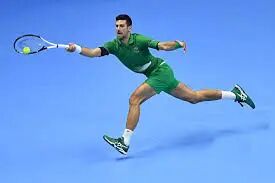
Stretching Catch
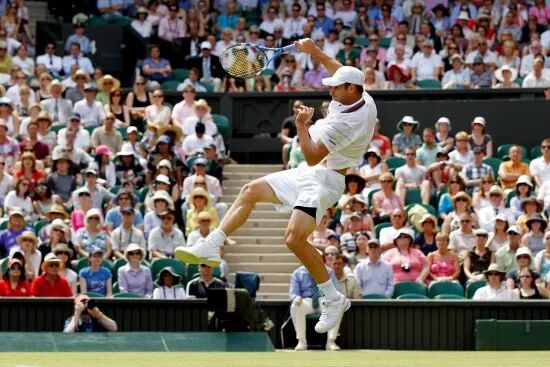
Jumping overhead strike
The Six Fundamental Physical Attributes in Tennis
Flexibility flexibility
Strength and Endurance strength and endurance
Explosive power power
Sensitivity and Speed Agility and speed
Body composition ratio body composition
Aerobic and Anaerobic Fitness aerobic and anaerobic fitness
